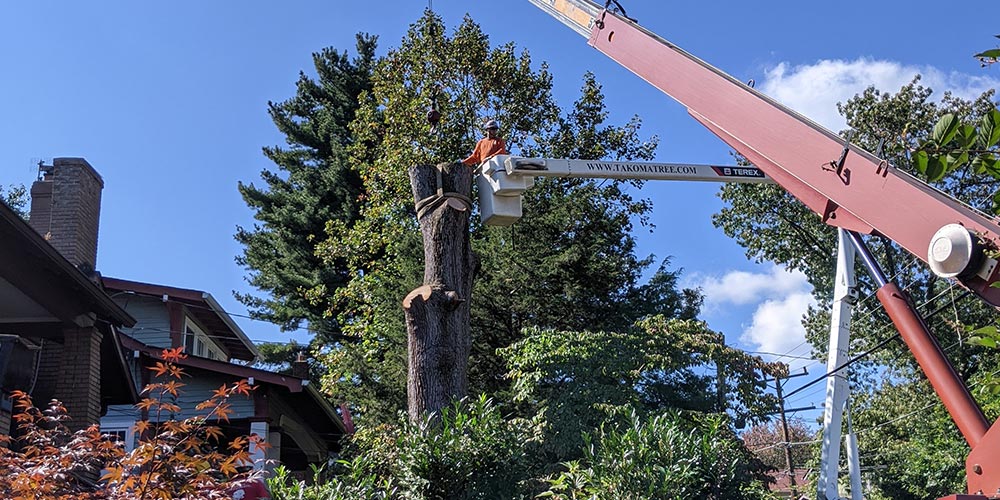
Why You Should Never Prune Trees in the Fall
As fall starts to roll in, homeowners start to clean up their property. They want to go outside to prepare their garden and landscape for the upcoming winter, and part of the preparation is to prune plants, trees, and shrubs. If you are wondering if you should prune in the fall, and start chopping away the bushes, you should learn a couple of lessons about fall pruning that is going to help you avoid mistakes about landscaping.
Since there are risks that can harm your trees, you should never do fall pruning. Pruning before a dormant period exacerbates the chances of decay. The pruning wounds cannot heal while the tree or plant goes into decay so this is not a good time to find an arborist.
Read on.
Never Prune if it is Wet
As a rule of thumb, you should not prune when it is damp. You should never prune if it is wet because it spreads many diseases. Damp weather will encourage microbial growth that makes the majority of the damage done by your pruning. You have to wait until the sun is out for a bit; it becomes dry and kills bacteria and mold.
It Can be Hard to Tell Which Branches You Need to Prune
Another reason why you should not prune in the fall is that you will not be able to prune properly. It is safer and healthier to prune in spring, but it makes your job easier if you can delay the pruning after a dormant period.
If you wait for spring to come, after leaves fell and were gone the entire winter, you are going to have a better canopy, limbs, or other parts of the plant that might have been hidden previously.
Summer and early fall pruning keep you from clearly seeing branches that you want to prune. While you can do this, it is not as simple as pruning in spring.
Weather Conditions
You should note that tree pruning is not advised if it is wet or damp outside. You might risk spreading diseases aside from the damp weather that encourages microbes to grow faster. This growth is going to wreak havoc on the pruning that you have completed. An ideal condition is a sunny and dry situation where it is a clean cut and the wound can correctly heal.
Increases the Risk of Fungal Problems
Since wounds heal slowly, pruning in the fall results in more tree damage to the tree like fungal afflictions.
Most people are going to prune their trees so they avoid the spread of problems. Pruning before a dormant period normally has the opposite effect.
Leaving an open wound that comes from pruning makes your tree susceptible to affliction, infestation, and elements.
What You Can Do
You need to shift your focus on raking up leaves, topping up, and mulching up the gardens so that you can have a protective bed in winter. You can try amending the soil so it will be in tip-top shape when spring comes. In addition, spring bloomers are allowed to be pruned after they finished flowering.
When is the Best Time to Prune Trees?
The best time to prune your tree, and plants is in spring.
Based on the kind of plant you work with; late winter and early spring could be the best time. For instance, a lot of deciduous trees do their best when pruned during this time.
Other plants might be better off when they are pruned in spring, so you can be sure that temperatures will not drop again while giving enough time for new growth and healing.
You can contact tree cutting services Kensington if you want your trees pruned anytime.
